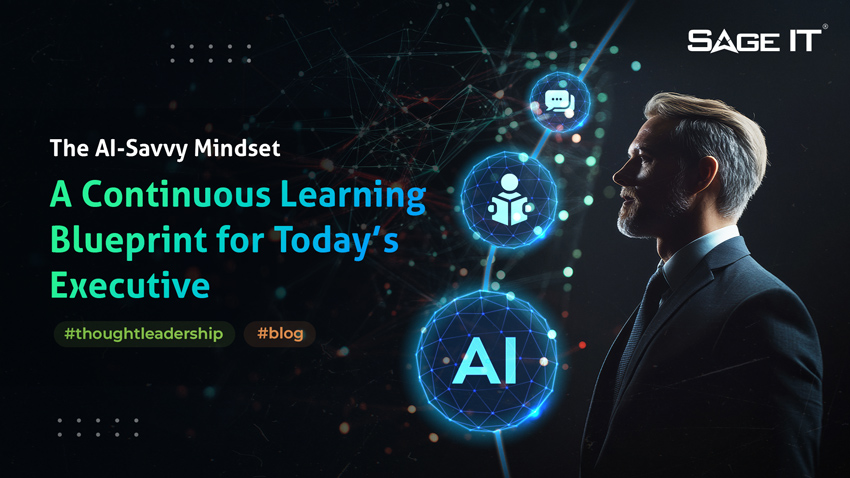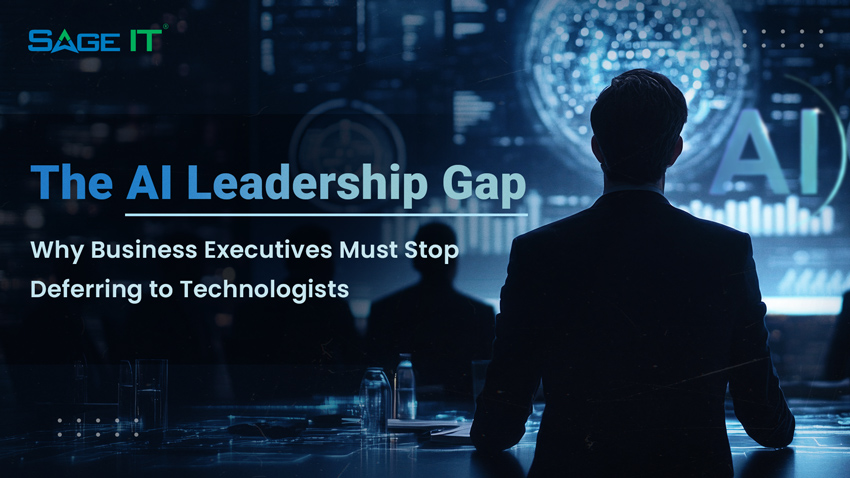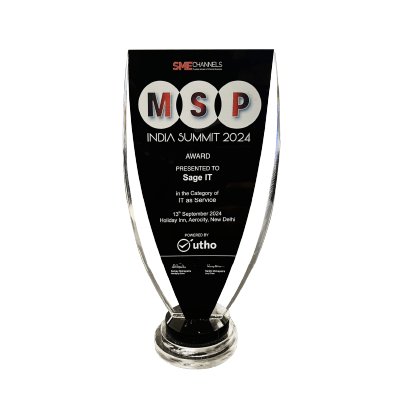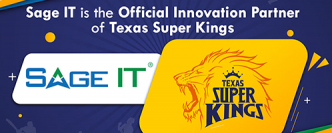Boomi can be brilliant—but only if you bring the right thinking.
Low-code platforms tempt teams into fast builds, but without strategic design, structured migration, and operational discipline, even the best tools create technical debt. Many teams jump into implementation or migration expecting plug-and-play results, only to face inconsistent performance, ballooning costs, and sluggish delivery timelines.
At Sage IT, we’ve worked with enterprises across industries and seen where most Boomi implementations stumble. In response, we developed a three-part solution stack: SBD, SIMM, and SHIP AI. Together, they address design, migration, and modernization in a scalable, automation-first way. This article outlines the top five boomi integration challenges and how to get ahead of them.
Why Getting Boomi Integration Right—Now—Matters
As enterprises race toward digital maturity, integration has moved from a backend concern to a business-critical capability. Customers expect connected experiences. Teams demand real-time data. And legacy integration methods just can’t keep up. Getting Boomi integration right isn’t just about efficiency—it’s about enabling growth.
Think of SBD, SIMM, and SHIP AI as a 3-layer integration success stack:
Together, they address your integration lifecycle from planning to execution to optimization.
Challenge 1: Inconsistent Integration Design That Breaks at Scale
The Risk:
Without a clearly defined architectural blueprint, Boomi integrations often suffer from poor naming conventions, redundant logic, inefficient folder structures, and scattered error-handling strategies. As the ecosystem grows, the cracks widen. Support becomes reactive, and onboarding new developers takes longer. Technical debt builds silently until it becomes an obstacle to growth.
The Fix:
SBD (Sage IT Boomi Design) standardizes Boomi integration at every layer—naming, modularity, documentation, governance—turning tribal knowledge into repeatable engineering practice.
Key elements of SBD include:
SBD isn’t a restriction—it’s a framework for high-performing, future-ready integrations. It empowers your Boomi iPaaS to support evolving needs with confidence.
Challenge 2: Slow, Manual Migration from Legacy Platforms
The Risk:
You’ve invested years into TIBCO or MuleSoft. Now you’re being asked to rewire it all into Boomi—without downtime, errors, or overspending. The project feels more like defusing a bomb than migrating tech. No wonder most enterprises hesitate.
The Fix:
SIMM (Sage IT Integration Migration Methodology) replaces ad hoc, manual migration with automation and repeatable logic. It cuts traditional effort by up to 50%, reduces reliance on niche SMEs, and helps teams move with purpose.
Here’s how SIMM works:
SIMM doesn’t just migrate—it establishes a disciplined, business-aligned way to re-platform legacy systems. Learn more in our breakdown of top reasons to choose Boomi iPaaS in 2025 for integration success.
Challenge 3: Fragile Error Handling That Slows Down Operations
The Risk:
One small failure shouldn’t snowball into a system-wide issue—but without unified error-handling, that’s exactly what happens. Teams chase symptoms instead of solving root causes. Hours are lost. Confidence drops.
The Fix:
SBD includes an enterprise-level error-handling framework that prevents issues from escalating and accelerates time to resolution.
Core elements include:
Pair this with SHIP AI’s error classification and prediction capabilities, and organizations shift from reactive firefighting to intelligent prevention.
Challenge 4: Siloed Integration Projects That Miss the Business Context
The Risk:
Too often, integrations are scoped by technical teams in isolation. The result? Projects that meet system-level needs but don’t align with the goals of finance, operations, or customer experience. The business sees little ROI. Integrations become overhead.
The Fix:
SIMM brings integration and business strategy together. It embeds business alignment into every step—from scope to delivery.
SIMM enables teams to:
This turns integration from a background task to a business enabler.
Challenge 5: Long Timelines and High Costs for Migration Projects
The Risk:
Manual migrations can take quarters. They require expert time, delay cloud adoption, and erode stakeholder trust. The longer you’re stuck on a legacy system, the more opportunity passes you by.
The Fix:
SHIP AI is Sage IT’s GenAI-powered migration accelerator. It’s designed for everything-to-Boomi (E2B) transformation, delivering faster, smarter migrations at enterprise scale.
Here’s what SHIP AI delivers:
Proven Results:
SHIP AI doesn’t just move code—it transforms the way you migrate. It’s faster, more secure, and built for long-term resilience.
Build Right. Migrate Smart. Operate Confidently.
Boomi is one of the most powerful iPaaS platforms on the market. But its full value is unlocked only when your approach to integration is just as strategic as your technology.
Sage IT’s SBD, SIMM, and SHIP AI stack transforms how enterprises design, migrate, and scale with Boomi. From standardizing architecture and accelerating re-platforming to reducing operational load through intelligent automation, our tools are built to reduce risk and unlock ROI.
As integration evolves with AI-driven orchestration and event-based architectures, the need for scalable, reusable frameworks like SBD and intelligent tooling like SHIP AI will only grow. Future-proofing starts with design—and scales with automation.
Samar Rizvi













